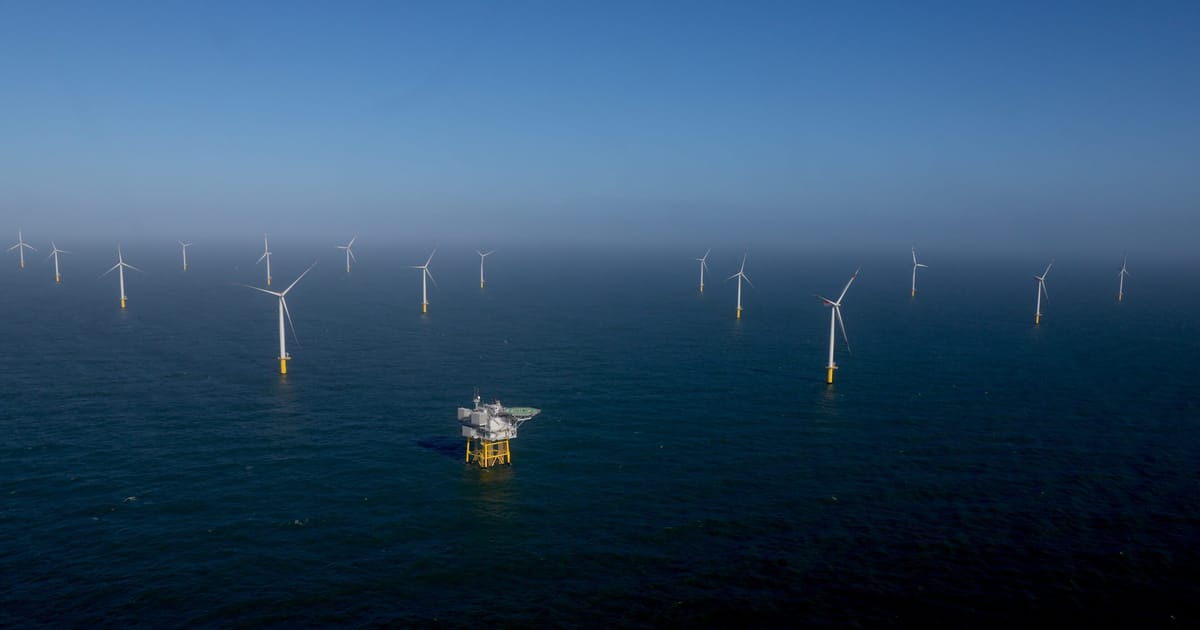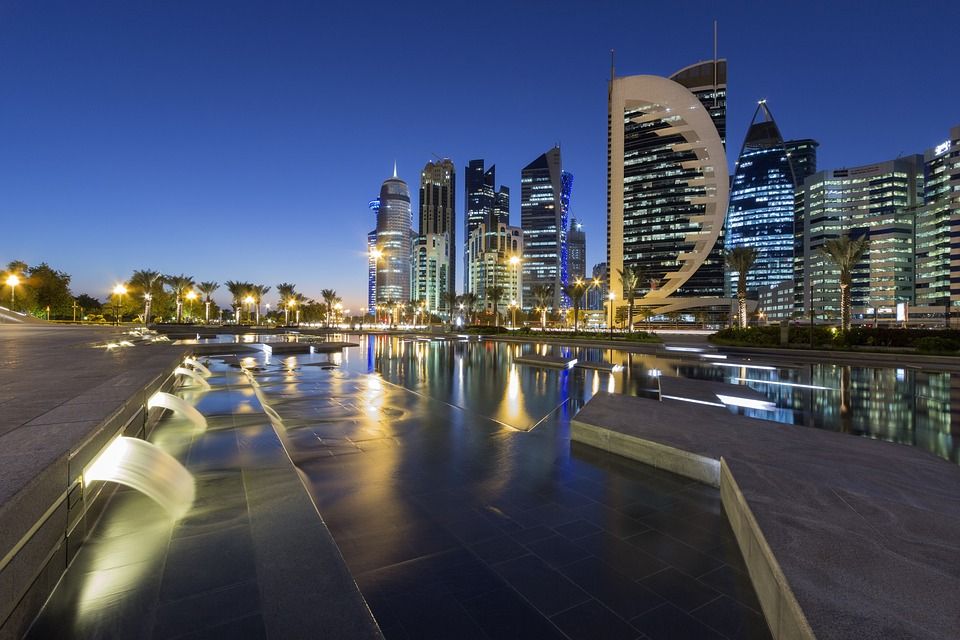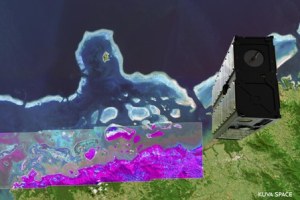Alexander De Croo is the prime minister of Belgium. Mark Rutte is the prime minister of the Netherlands. Xavier Bettel is the prime minister of Luxembourg. Emmanuel Macron is the president of France. Olaf Scholz is the chancellor of Germany. Leo Varadkar is the prime minister of Ireland. Jonas Gahr Støre is the prime minister of Norway. Rishi Sunak is the prime minister of the United Kingdom.
We need offshore wind turbines— and we need a lot of them.
We need them to reach our climate goals, and to rid ourselves of Russian gas, ensuring a more secure and independent Europe.
Held for the first time last year, Denmark, Germany, Belgium and the Netherlands came together for the inaugural North Sea Summit in the Danish harbor town of Esbjerg, setting historic goals for offshore wind with the Esbjerg Declaration. It paved the way for making the North Seas a green power plant for Europe, as well as a major contributor to climate neutrality and strengthening energy security.
This Monday, nine countries will meet for the next North Sea Summit — this time in the Belgian town of Ostend — where France, Ireland, Luxembourg, Norway and the United Kingdom will also put their political weight behind developing green energy in the North Seas, including the Atlantic Ocean and the Irish and Celtic Seas. Together, we will combine and coordinate our ambitions for deploying offshore wind and developing an offshore electricity grid linking our countries, putting Europe on the path toward a green economy fueled by offshore green power plants.
Collectively, our target for offshore wind in the North Seas is now 120 gigawatts by 2030, and a minimum of 300 gigawatts by 2050 — larger than any of the co-signatories’ existing generation capacity at a national level. And to deliver on this ambition, we are committing to building an entire electricity system in the North Seas based on renewable energy by developing cooperation projects.
This is a massive undertaking and a true example of the green transition in the making. It also requires huge investments in infrastructure, both offshore and on land.
It presents us with a political and environmental dilemma as well: We are facing a climate crisis at the same time some of our ecosystems are in decline, and offshore wind is an integral part of both climate action and safeguarding our energy security. Thus, time is of the essence, and we must follow up on the progress already made on reining in the burden of bureaucracy for renewable projects.
We cannot wait years for permitting processes while global temperatures rise, and autocratic regimes have the power to turn the lights off in our living rooms and halt production in our industries. Instead, we must work toward rapid deployment of offshore wind, while making every effort to safeguard our healthy and robust marine ecosystems for future generations.
Crucially, the green transition is also a cornerstone for maintaining our competitiveness in the global economy. And while the North Seas will be a major provider of clean, affordable energy for our industries and businesses in the form of electricity and hydrogen, we must ensure we don’t simply move from one dependence to another. As such, we need to make space for European value chains when it comes to green tech and diversify our sources of critical raw materials for wind turbines, batteries and the like. We will work together within NATO and the European Union to increase the security of offshore and underwater infrastructure, stepping up efforts to react effectively to growing traditional and hybrid threats.
Tomorrow, we will be taking another crucial step toward a green and competitive Europe, with even more turbines spinning in the North Seas. And every turbine gets us closer to a green future.
We know the way — now, it’s a matter of picking up the pace.




